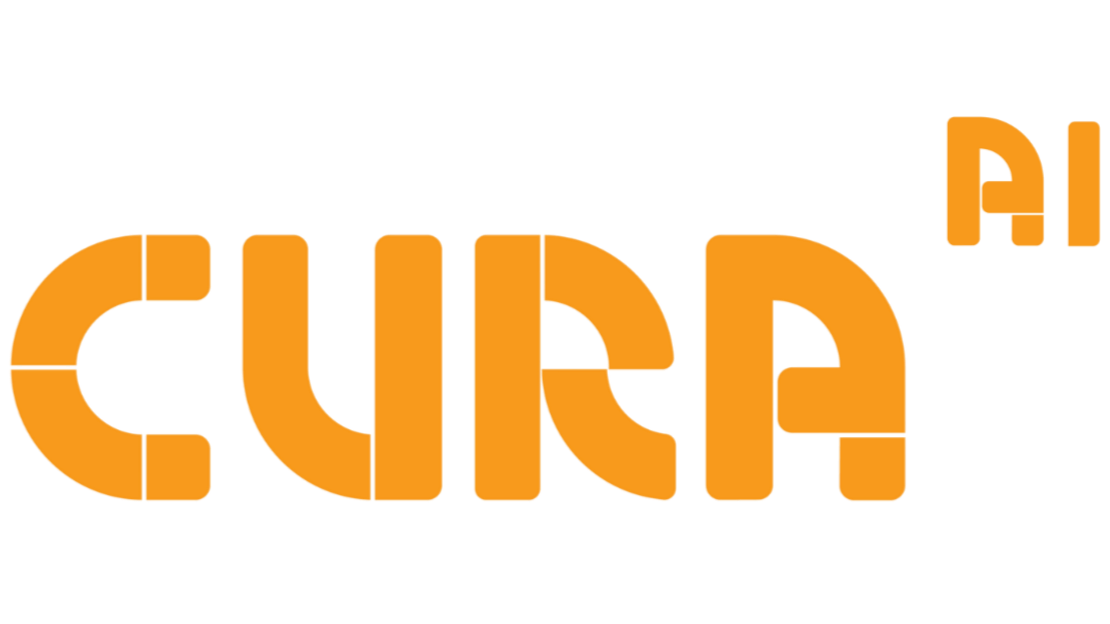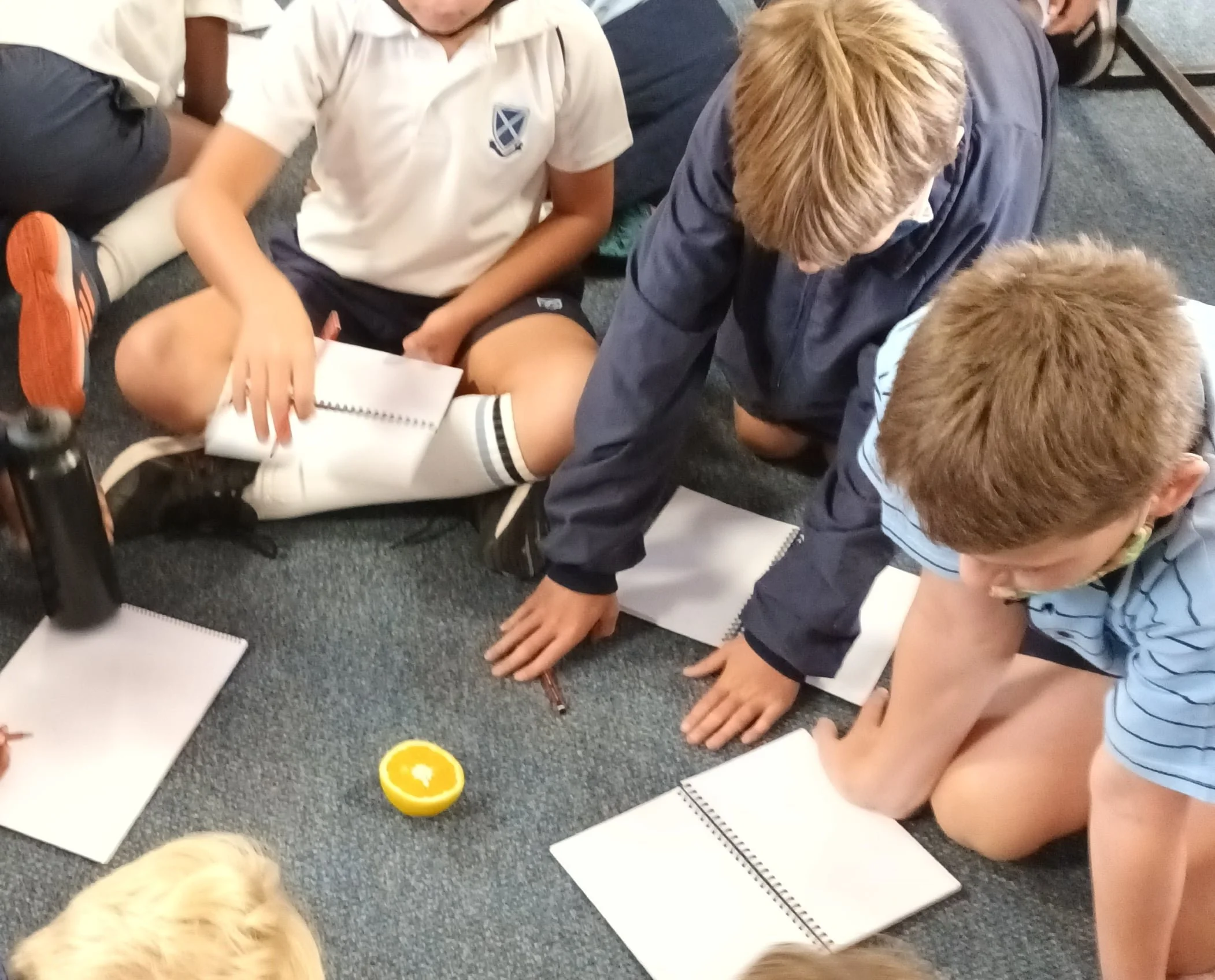The importance of building students’ skills
Making PBL work at St Andrew's Preparatory School
Lockdown was a tough time to be a teacher. But as Winston Churchill once said, you should never let a good crisis go to waste. So, despite the many struggles we faced in keeping students motivated, we also unearthed new approaches to delivering our curriculum in a more engaging way.
Lyn Cordell, Teacher at St Andrew’s Preparatory School
Why PBL?
One approach we tried was more cross-curricula learning. While in lockdown, we created an Integrated Studies unit which spanned Social Sciences, Natural Science, Geography, History, and Art.
Despite the challenges of remote learning, this approach was very effective in keeping students engaged. We noticed that they were much more engaged and participative on our Zoom/Google Meet classes. We also noticed that they produced excellent (and varied) work products, beyond what we’d seen in other non-integrated units. It seemed that the integrated unit - which was built around a real-world issue - had given students something to relate to. It had made their learning more meaningful, and they engaged better as a result.
So when we returned to classrooms this year, we wanted to use what we’d learned about how to better engage students. This prompted us to explore project-based learning (PBL) in more depth, and how we could embed it across our curriculum.
We knew we wanted to start small (units covering a single topic with a single year level). This would allow us to better measure engagement and compare it to other topics/year levels where we continued teaching in a ‘traditional’ format. We wanted the unit to be hands-on and meaningful for students – we wanted them to be able to relate the content to their own lives. So we picked a topic and built our own problems, ensuring we integrated the curriculum we needed to teach throughout it.
This approach worked well. Students were more engaged with their learning. But teachers found it time-consuming and challenging to re-write all their units and think of exciting real-world problems to tie curriculum to. Sometimes an entire holiday period was required to conceptualise, plan, and resource a unit.
That’s when we learned about Cura. We agreed to trial it with our Grade 4-7 classes. I started with Chemistry in the Kitchen in my Grade 5 Science class.
Teaching content and skills
Rightly or wrongly, the curriculum is your North Star as a teacher. You can’t stray too far from it at any time, especially not when you’ve got a jam-packed curriculum to get through.
The same is true for any PBL unit. A PBL unit should be wrapped tightly around a core of explicit teaching. As students learn curriculum content, it helps them transfer those learnings to the real-world problem that’s at the heart of the unit. This ensures that the end product isn’t just a fun design challenge. Students apply the content they’ve learned to solve the problem – so you get both academic rigour and hands-on, real-world learning.
This was true for the Chemistry in the Kitchen unit. I taught changes in state (the scientific concept at the heart of the unit) alongside the students working through the unit. This meant they had the content understanding to then apply it to the unit, where changes of state were explored through the context of cooking. This balance of direct instruction and experiential learning worked perfectly. In particular, the seemingly-contradictory experiment involving salt and freezing created a wonderful opportunity for students to dive deeper into the topic to fully understand its application to the real-world context.
Students experimenting with chemical reactions in cooking
A PBL unit also allows students to develop important skills. These skills could be content-related – for example, in this unit I explicitly taught students how to draw a scientific diagram. But they can also be broader. As this unit required students to create their own Masterchef episode, they learned how to film using green screens, use technology like iMovie, and create a storyline for their episode that combined an explanation of what they were cooking as well as the science behind it. And that’s not including the cooking skills they developed while creating their recipes!
Importance of collaboration
But perhaps the most important skills to teach across a PBL unit are 21st Century Skills that help students become better thinkers, problem-solvers, innovators, and team members.
A big focus for us in any PBL unit is explicitly teaching collaboration. That’s because in the past we’ve seen students struggle to see past their own point of view when working in teams. Of course, this had flow-on effects to well they were able to collaborate. So we knew that unless we made a concerted effort to teach the language and skills which comprise collaboration, most students would continue finding groupwork stressful or frustrating.
We used the Collaboration Toolkit alongside the curriculum unit. We found that focusing on one skill at a time was most effective. It allowed us to go deep with that skill and show students how to use it in a variety of situations.
I found the most effective way to teach collaboration across the unit was to use the information from the Collaboration Toolkit to create roleplays for my students. I could summarise the key information; model it for them; then use the activities to have them actively implement those same skills. This made the learning of the skill more fun for students but also more practical.
Because of the time I took to explicitly teach students how to collaborate, they worked effectively in their teams across the unit. What’s more, they enjoyed it!
They displayed their collaborative skills when they
Designed and chose their team logo (using decision-making and discussion protocols)
Planned and created their dish which contained chemical reactions
Scripted and planned their ‘cooking show’
Gave each other constructive feedback throughout the filming process and on their end products (using the Two Stars and a Wish and the Compliment Sandwich protocols)
Students collaborating during the unit
Final words
As a teaching team, we’ve really enjoyed running more project-based and inquiry-based units. We’re excited to continue this approach to learning across the year.
My key advice for teachers embarking on this type of learning (other than to teach students how to collaborate!) is to understand the unit and topic beforehand. The more background knowledge and interest you have, the more you can transmit to your students. Your own engagement in the problem the students are solving will be infectious!
Do you know an educator who wants to increase hands-on, real-world learning in their classrooms? If so, please share this article with them!
If you want to learn more, get in touch at hello@curaeducation.com.



